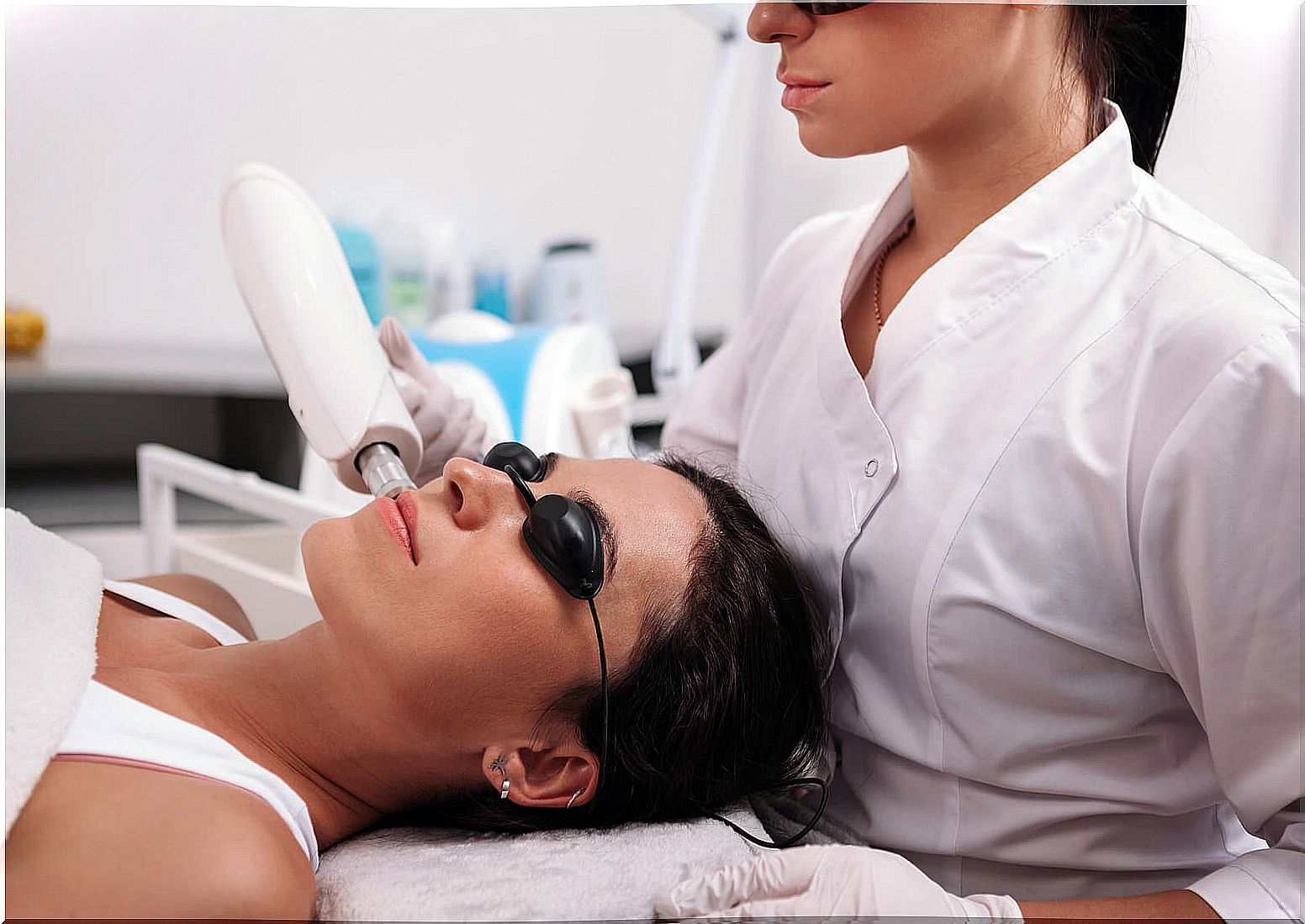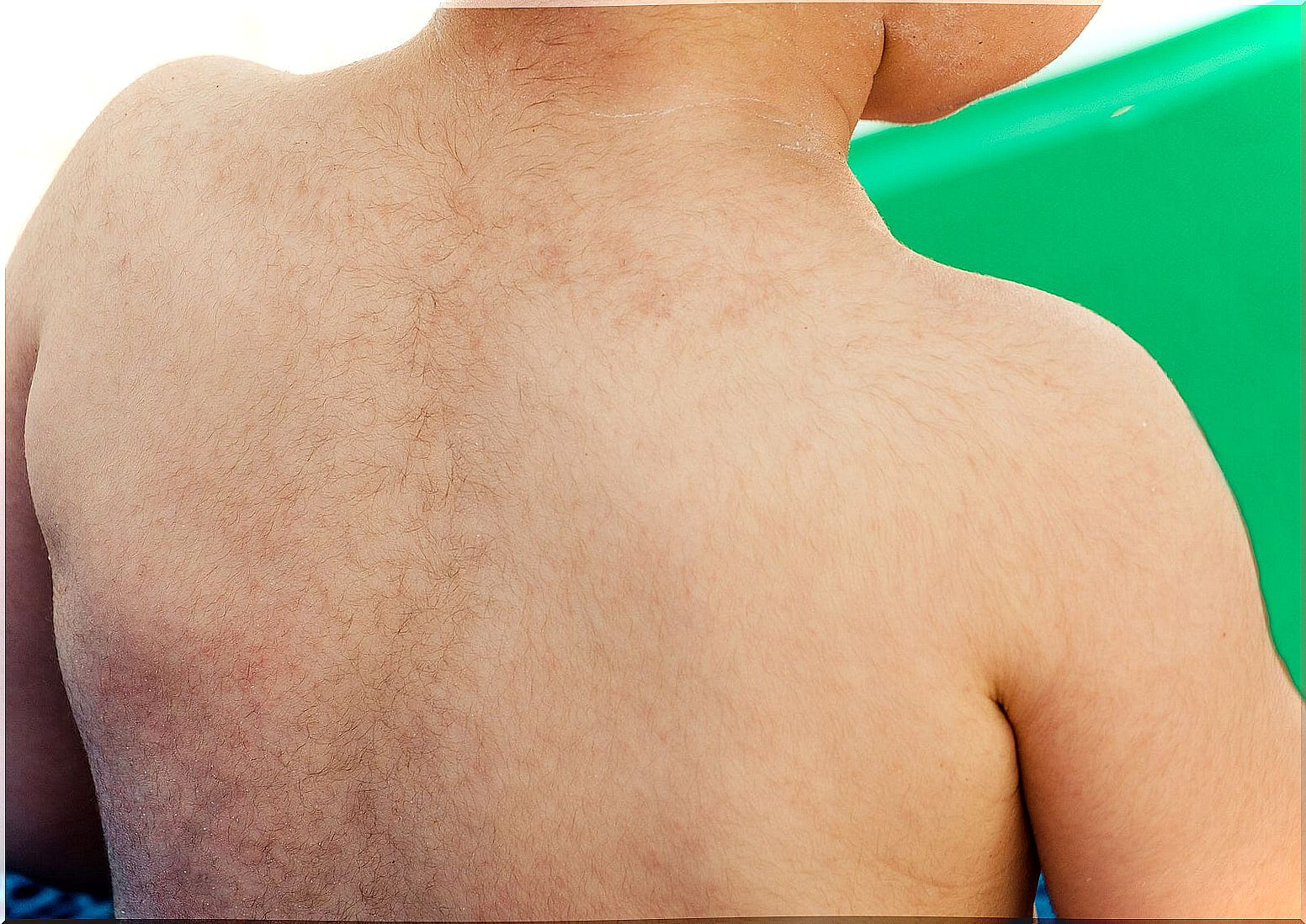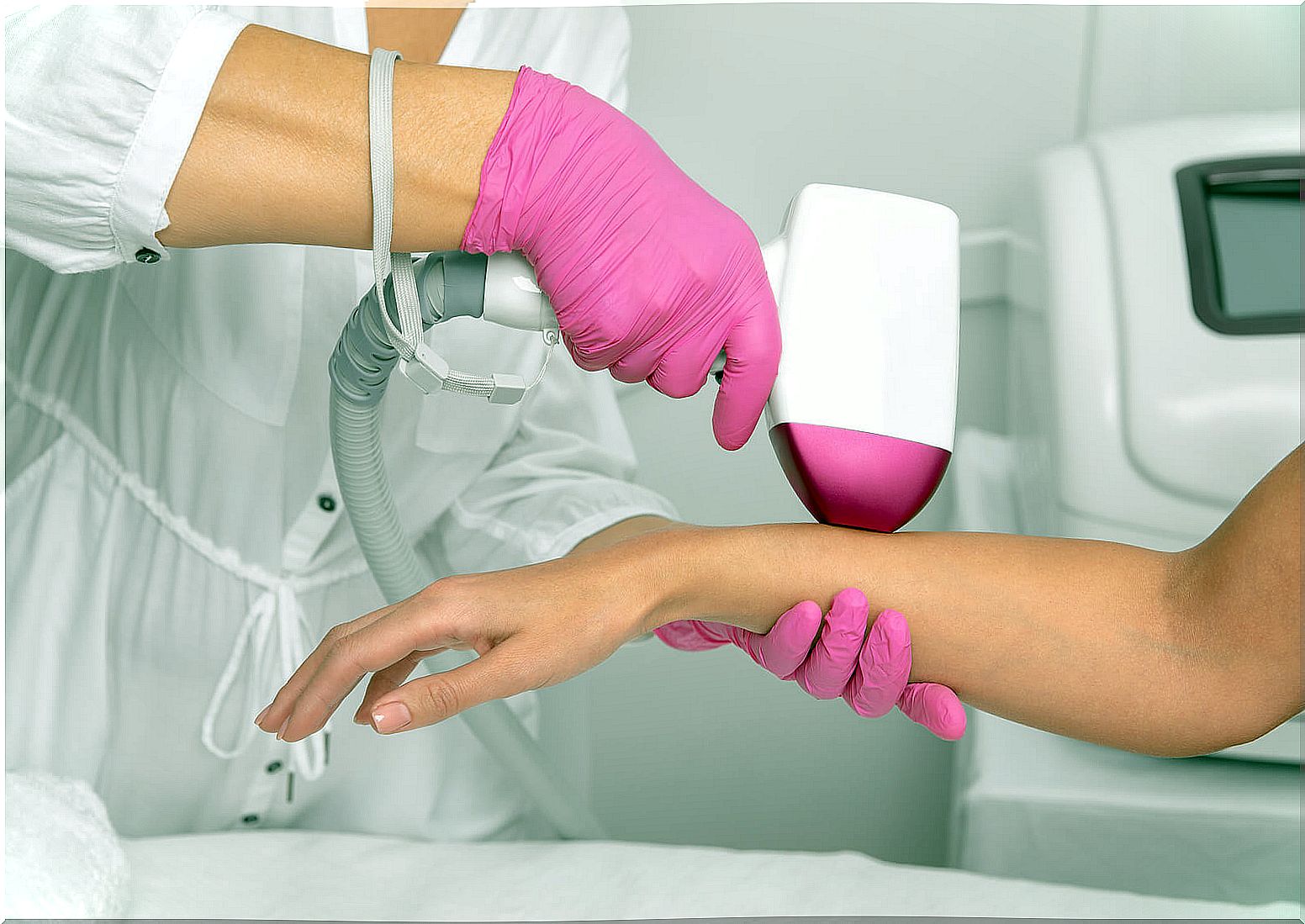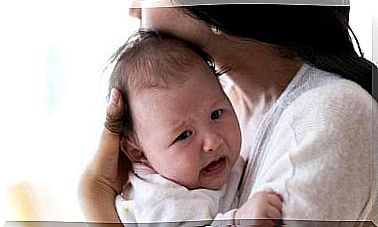Hirsutism Or Excess Hair In Children

One of the most frequent dermatological consultations is hirsutism or excess hair in children for aesthetic reasons, first of all.
This pathology affects about 5 to 10% of women. In addition, in children, this clinical sign is often related to precocious puberty. Therefore, below, we detail more about it.
What is hirsutism or excess hair?
Hirsutism is the excessive growth of hair in women, governed by a male pattern after puberty.
What differentiates it from hypertrichosis is its preference to express itself in the regions of the body that respond to stimuli from androgen hormones.
Most frequent locations
It has great affectation in areas that are androgen dependent (male hormones), either of the body or of the face. Some of the most relevant areas are the following:

- Thighs.
- Buttocks.
- Pubic hair
- Mustache and beard.
- Linea alba of abdomen.
- Supralabial area.
Causes of hirsutism in children
The causes that trigger hirsutism are varied. They can be due to hyperandrogenism (of adrenal or ovarian origin), tumor or due to a metabolic syndrome.
Pathologies that manifest with hirsutism
- Polycystic Ovarian Syndrome (PCOS) : It is the most common cause of hirsutism and accounts for 75% of cases. It is evidenced at puberty and, according to studies published in the journal Metabolic Syndrome and Related Disorders , it is accompanied by alterations in the menstrual cycle, weight gain, dyslipidemia, insulin resistance, acne, and acanthosis nigricans.
- Androgen-secreting tumors : this cause is rare to be observed, however, there are cases in which the presence of an abnormal tumor is confirmed. They are regulated autonomously, without depending on the hypothalamic-pituitary axis.
- Non-classical adrenal hyperplasia : It is the most common cause of hyperandrogenism of adrenal origin. Furthermore, it is an autosomal recessive disorder, causing a partial deficiency of 21-hydroxylase. It is usually accompanied by high blood pressure, altered blood glucose levels, bone and muscle weakness, and headache.
- Medications : many are the drugs that cause hirsutism: androgens, glucocorticoids, vasodilators (minoxidil), cyclosporine, danazol, progestogens and estrogens. Several of these drugs also cause hypertrichosis.
- Endocrinopathies : in this type of pathologies, the presence of hirsutism as well as other signs and symptoms of the clinical picture is not so relevant. Some of the most prevalent endocrinopathies are Cushing’s disease, acromegaly, hyperprolactinemia, and thyroid dysfunction.
- Idiopathic hirsutism : This type of hirsutism is seen in people with normal androgen levels, regular menstrual cycles, and normal ovarian morphologies. Therefore, it is a diagnosis of exclusion after eliminating the rest of the etiological possibilities.
How is the diagnosis made?
The main thing, at the time of consultation with the specialist doctor, is to analyze whether the hair growth occurred in male distributions or is a generalized increase throughout the body (hypertrichosis).
The severity of a person with hirsutism is established according to the Ferriman and Gallwey system, where nine different areas of the body are analyzed.
Laboratory examination is another useful diagnostic method that will provide detailed information on serum marker values to determine the exact etiology.
Other common symptoms associated with increased androgens include menstrual irregularities, acne, frontal alopecia, and temporary recession of the hairline.
How is hirsutism treated in children?
The treatment that is proposed for hirsutism will be conditioned by the etiology of the same, by the age of the patient and by the symptoms and concomitant signs that exist. In those cases in which it has been caused by a drug, by eliminating the drug, the picture tends to disappear.
Oral therapy is indicated when hyperandrogenism is confirmed by various laboratory tests. According to studies published in the Indian Journal of Dermatology, it is concluded that oral contraceptives are the first-line treatment for hirsutism.

Removal of facial and body hair
Once the correct diagnosis has been made and the indications for treatment are stipulated, the removal of excess hair can be considered. There are temporary hair removal methods such as waxing, depilatory cream or shaving. In turn, this type of procedure tends to cause irritation and dermatitis on the treated skin.
Laser hair removal and electrolysis are two of the most recommended techniques for the duration of their depilatory effects. They require between 6 to 8 sessions to begin to obtain the desired results.
Beyond a question of hair
The presence of excess hair in women can generate feelings of shyness, low self-esteem and difficulty interacting with other people. It is for this reason that, before any sign that may indicate any of the pathologies in question, it is recommended to go to a specialist doctor to be able to address it in the correct way.










